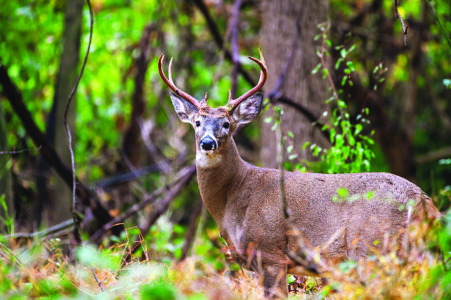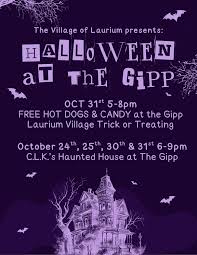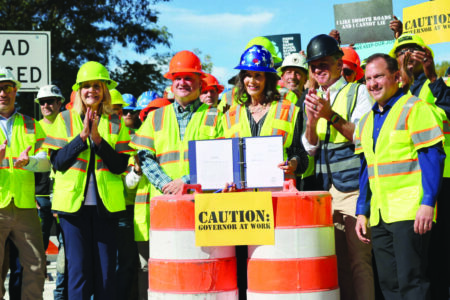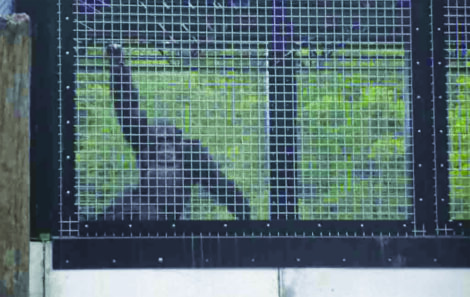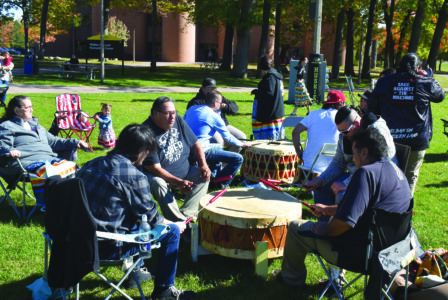Don’t veer for deer
White tails are on the move
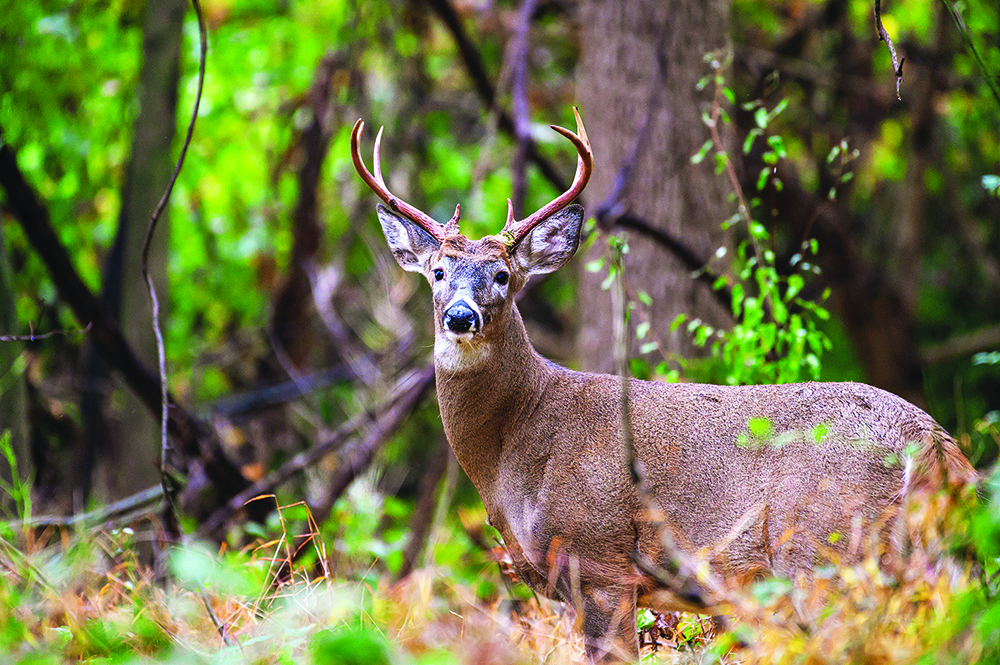
COPPER COUNTRY — The arrival of mid-October has brought with it cooler temperatures, changing leaves and increased deer activity. The heightened deer presence is due to the rut, the period in which deer are breeding and far more active. With the increased activity, drivers will have more encounters with deer as they cross the roads. Community Service Trooper Alan Narhi of the Michigan State Police Calumet Post urges drivers to use caution and practice safe driving with the increased deer activity.
“Be aware of your surroundings and stay alert, especially in the morning or the dusk and dawn hours,” Narhi said. “That’s when the deer are usually moving the most, either coming to food sources or coming from food sources to bedding areas.”
According to a brochure from the Michigan Office of Highway Safety Planning (OHSP), 50,000 vehicle-deer crashes occurred in 2021 and 80 percent of the crashes occurred on two-lane roads. Precautions drivers can take to limit their run ins with deer is to drive sober and awake at appropriate speeds, take notice of deer signs which indicate their presence, scan the roadsides while driving, slow down once a deer is sighted since other deer may be nearby and use high beam headlights at night. Narhi added another thing to keep in mind while at the wheel is to be aware of slick and icy areas of the road which can occur in the early morning and evening this time of year. Drivers should also wear their seat belts at all times to help minimize the risk of injury in any type of collision.
However sometimes taking all these precautions cannot be enough to stop in time for an oncoming deer. Narhi said the best thing to do if a deer crosses the road is to brake firmly without steering inputs.
“Don’t try to veer or steer around the deer. That’s where we get a lot of creases where somebody will swerve to avoid a deer and then they go into a ditch and they hit a pole or a tree or end up hitting another car. And that’s a lot worse of an accident. You’re better off just hitting the deer and maintaining your vehicle in the same lane,” Narhi explained.
If a driver ends up in a collision with a deer, he or she needs to pull to the side of the road if the vehicle is drivable, turn on the hazard lights and call 911. Narhi said if the vehicle is underivable to get out of the vehicle and stand off on the shoulder or in a safe area before calling 911. Once the driver is in contact with the dispatcher, the driver should reveal his or her location, if there are any injuries to the drivers or passengers, if other vehicles are involved and the condition and location of the deer. OHSP also advises to call the insurance company to report a vehicle-deer crash since a police report number may be needed to begin a claim.
Narhi advised against approaching the deer.
“There’s many times where the deer will get up and they’ll run off in the woods. And there’s times where the deer will expire right there. And sometimes the deer will remain alive, but it’s injured in the middle of the road. My recommendation is don’t approach it especially because you never know the condition of the animal and what it might do. It might panic and try kicking its legs at you if you want to go to try and move it,” he said.
Narhi explained law enforcement can resolve the issue of the deer and can use the patrol car’s lights to slow down traffic while everything is removed from the road. Deer killed in collisions can only be possessed with a Michigan Roadside Salvage Permit. These permits are free and can be obtained from the Michigan Department of Natural Resources’ website after law enforcement is notified.

